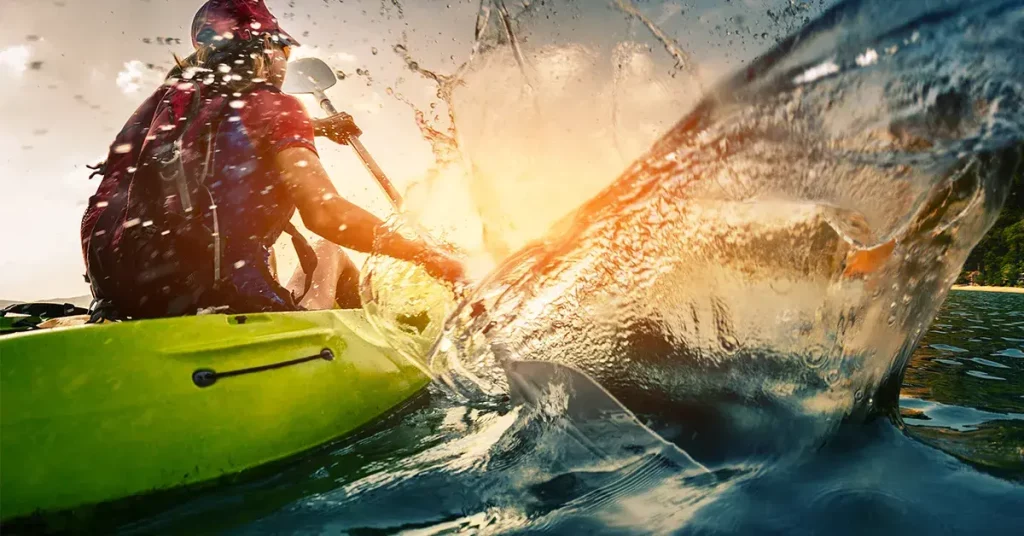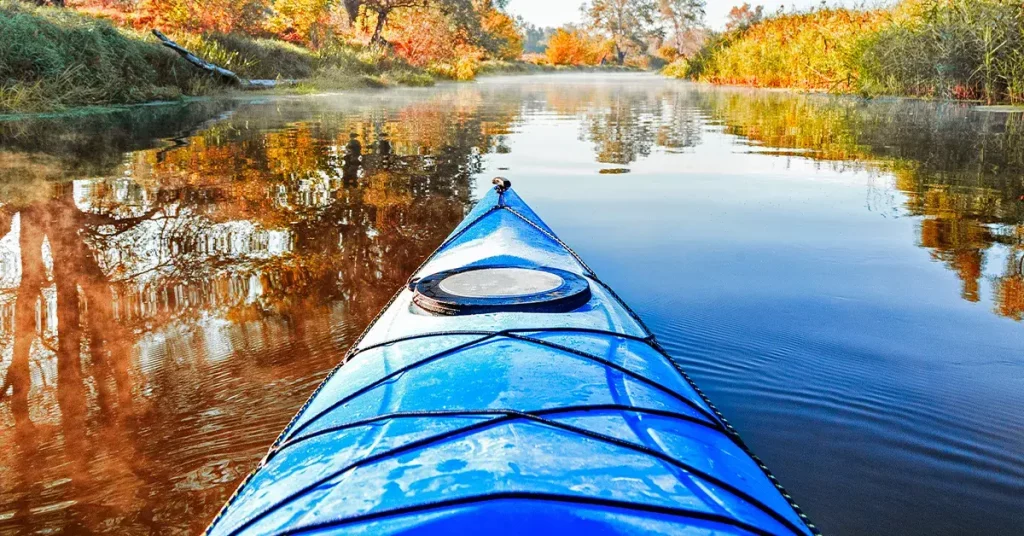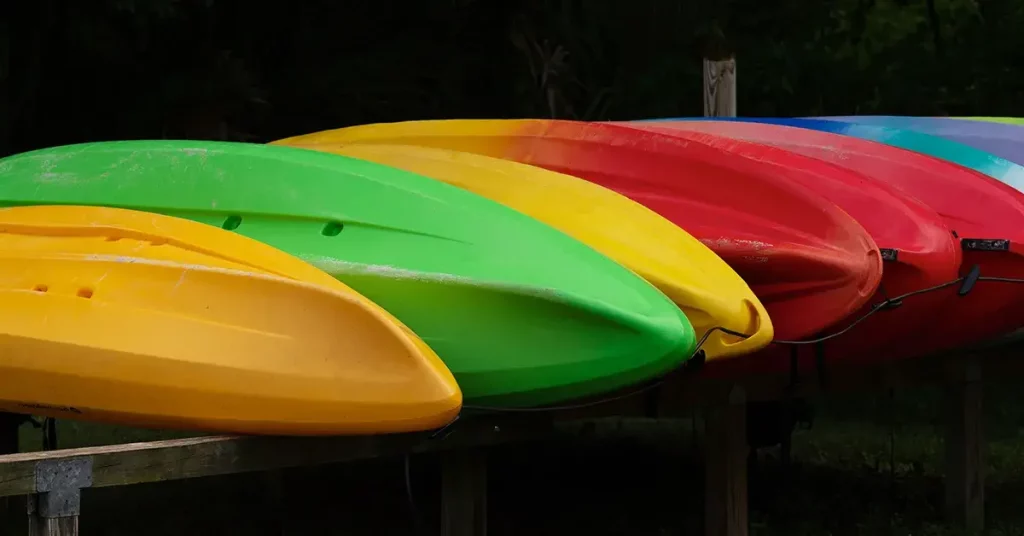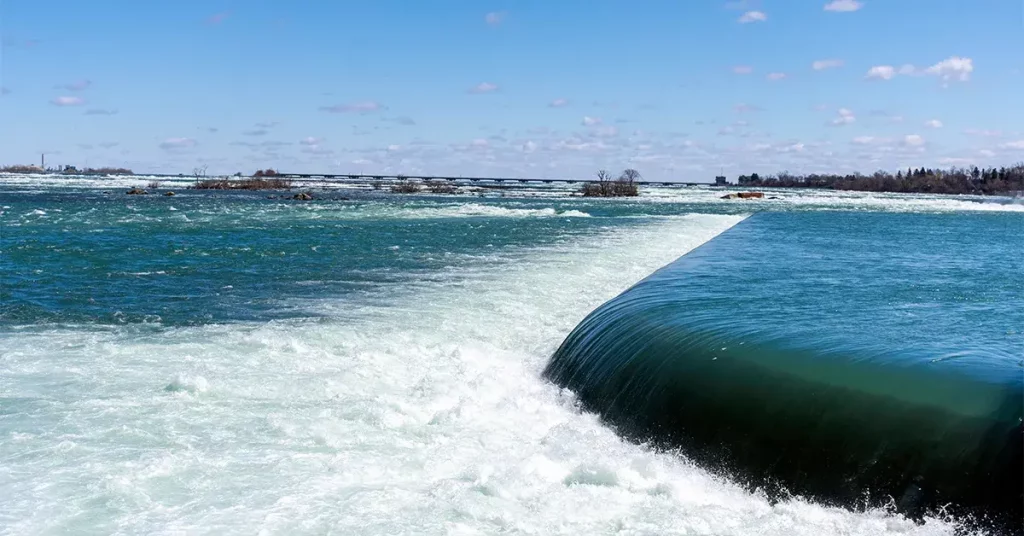It’s essential to learn how to make a kayak more buoyant. Nothing can be more dangerous when kayaking than tipping over or sinking into the water. It can damage your personal belongings if they aren’t properly sealed, and the water current could pull you under. Here are some tips to add buoyancy to stay afloat.
Making Your Kayak More Buoyant

Kayaking is a popular outdoor water sport, garnering over 18 million people enjoying the activity in the United States in 2020. With such large numbers of active users kayaking, it is crucial to ensure you have all the necessary safety equipment and practices in place to minimize accidents.
With that in mind, we’ve compiled a list of several suitable items that can help make kayak weight limits safe and add buoyancy. Keep reading to learn what our top picks are to help you stay afloat and how to make a kayak more buoyant.
What Is Buoyancy In Kayaks?

When talking about kayaks, it can be hard not to discuss buoyancy. Buoyancy is how an object is able to float on top of a body of water; in this case, the kayak. If you’ve ever been swimming and noticed that the further down to the bottom of the pool you attempt to swim, the more it feels like something is resisting against you, you have experienced buoyancy.
This phenomenon correlates to fluid pressure, which is how molecules interact with an object the deeper they are in the water. Since kayaks sit on top of the water, they don’t need an excessive amount of buoyancy as other underwater vessels, yet it remains a vital component of kayaking. Buoyancy comes in handy on those excursions when your kayak may capsize, as it can keep the vessel from filling up with water and sinking. Science lesson aside, we can get into what you can do to make your kayak completely unsinkable!
Using Flotation Bags To Increase Buoyancy

Flotation bags are a popular way to maintain extra buoyancy and float higher on the water in your kayak. These bags can be made of urethane-coated nylon or vinyl and are triangle-shaped, making them fit perfectly in the kayak’s stern or bow. The great thing about using a kayak flotation bag is that they feature a long inflation tube. These tubes extend far enough from the bag so that you can refill them while you are still in the kayak if they require extra inflation.
Choosing Your Float Bag Material
Flotation bags are made from several types of materials, but the most popular among kayakers are vinyl and urethane-coated nylon. While both types have their merits and drawbacks, choosing a flotation device from a reputable brand will help you keep your kayak safe and afloat. The most affordable option for these bags is vinyl. Vinyl bags are lightweight and durable for most recreational excursions. When you need a budget-friendly option but you still want quality floats that will add weight to your boat, vinyl is a good option.
If you have already tried vinyl and want to upgrade, or perhaps you just want to invest in a longer-lasting bag, urethane may be the material for you. Urethane-coated nylon is still lightweight with more premium features than vinyl. It’s tougher and rated for rougher outings, so you’ll never have to worry about leakage.
One-Piece or Divided Float Bags
Generally, flotation bags are considered a single unit or one piece. They are wide enough to fit in either the stern or the bow and inflate completely. Sometimes, the kayak you are using may have a support pillar that divides the area, rendering these bags useless. Divided bags are two identical units and are often much slimmer, so you can fill each one up independently and place them on either side of the support. Check the inflated dimensions to ensure they will fit the stern or bow of your kayak before purchasing.
Other Factors in Determining What Float Bags You Should Use
There are a lot of flotation devices on the market, which is great when you want options, but it can become a bit overwhelming. Keep these things in mind when buying:
- Does the bag come with a warranty?
- How durable is the flotation bag?
- Is the inflation valve easy to use?
The Beach Ball Method

You may be hesitant about buying expensive kayaking equipment or need a quick last-minute fix. One of the ways to add more buoyancy is to use a standard beach ball since it’s similar to using a flotation bag. Since beach balls are spherical, inflating them to max capacity may be an issue. Using a beach ball to create buoyancy in your kayak may not be as safe as alternate methods; however, it can be laborious to reinflate in the middle of an outing. You will also need to ensure that it doesn’t become dislodged, rendering it useless if you were to capsize.
The Pool Noodles Method

Another easy solution to your buoyancy problem is using foam pool noodles. Using the pool noodle method is as straightforward as it sounds. Gather at least two long pool noodles and line them up next to your kayak, marking where the pool noodles stop. Foam pool noodles are an excellent option as they can be cut down and customized to the interior of your kayak. However, they are not safety-rated. You will need to add a way to keep them from moving, such as adding a hook-and-loop closure.
Final Thoughts
Kayaking is a beloved outdoor experience with people being introduced to the recreational activity every day. With that said, it’s crucial to make your water-led excursive a safe one. The good news is now you know how to make a kayak more buoyant and why it’s so important. To sum up, making your kayak more buoyant will be beneficial when capsizing or enduring rough, choppy waters. Using the methods outlined here, you can add more weight to make your kayak safer.
If you don’t want to spend much money, using a pool noodle or beach balls are the cheapest methods. But maybe another option is more appropriate for you. The important thing is you choose one and stay safe!




